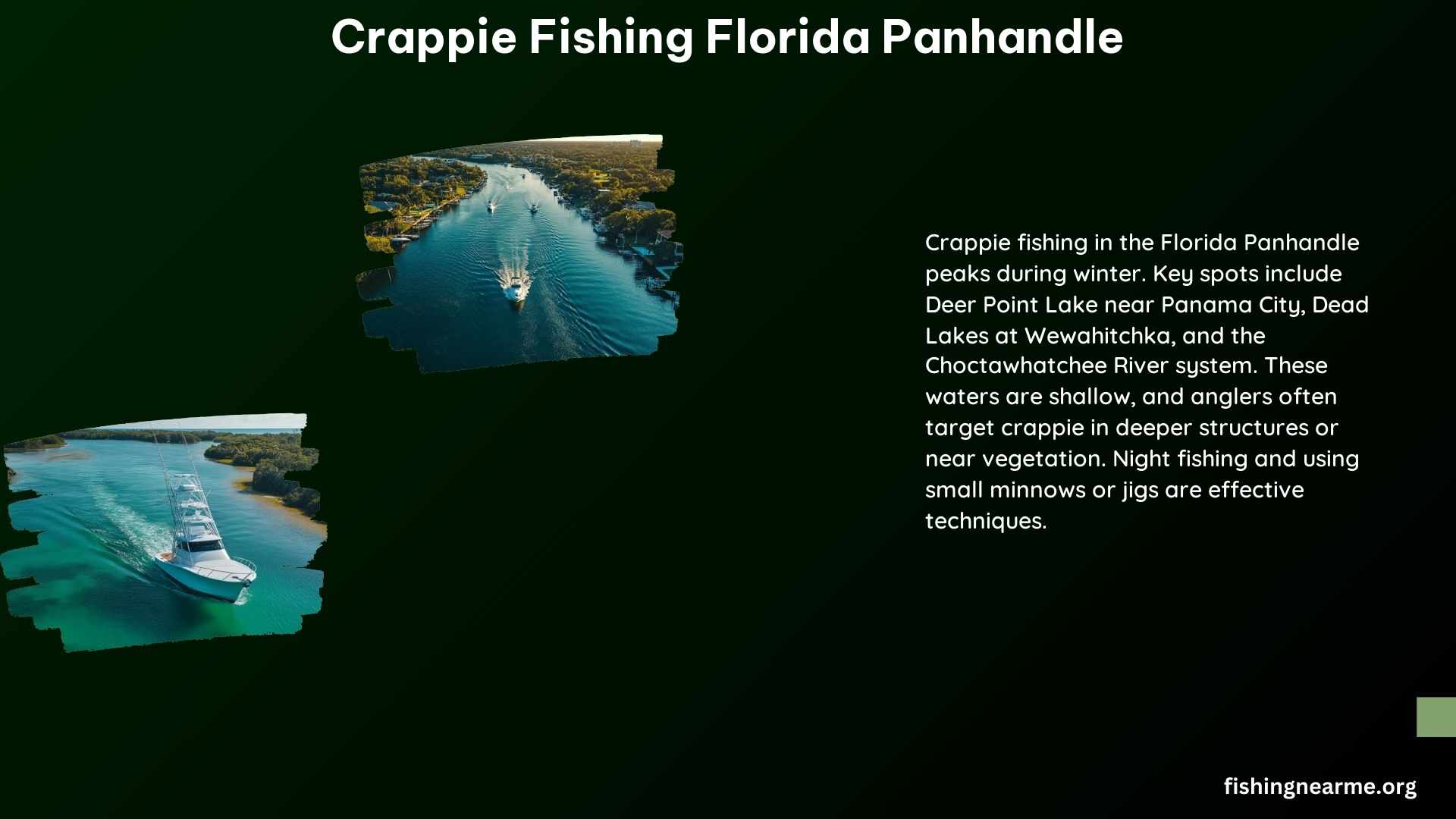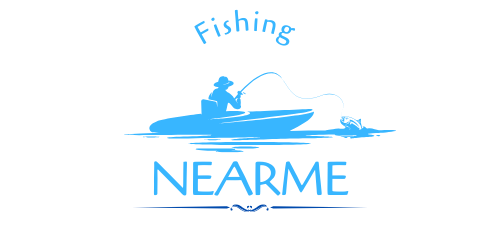The Florida Panhandle is a prime destination for crappie fishing enthusiasts, offering a variety of lakes and rivers teeming with these prized panfish. Whether you’re a seasoned angler or a newcomer to the sport, this comprehensive guide will provide you with the essential information to make the most of your crappie fishing adventures in the Panhandle.
Best Lakes and Rivers for Crappie Fishing
The Florida Panhandle boasts several exceptional bodies of water for crappie fishing, each with its own unique characteristics and opportunities.
-
Lake Talquin: Located near Tallahassee, Lake Talquin is renowned for its abundant black crappie population. The lake’s winding creek channels and healthy crappie population make it a popular destination for visiting anglers.
-
Dead Lakes at Wewahitchka: This lake, situated closer to Panama City and Seagrove, offers shallow waters that are home to thriving crappie populations.
-
Deer Point Lake: Just north of Panama City, Deer Point Lake is another shallow lake that provides excellent crappie fishing opportunities.
-
Choctawhatchee River System: This river system, minutes from Seagrove, offers the chance to catch crappie, as well as other species like bream, catfish, and bass.
Effective Techniques and Baits

Crappie fishing in the Florida Panhandle requires a variety of techniques and baits to be successful. Here are some of the most effective methods:
-
Drifting and Trolling: Drifting or trolling with live bait, such as minnows and grass shrimp, or small jigs is a popular technique for catching crappie in the Panhandle. Anglers often target fish attractors or open water.
-
Jig Fishing: Jig fishing can be highly effective when crappie are spawning, especially in and around native grasses, bulrush, and lily pads.
-
Night Fishing: Night fishing with lantern lights and Hydro Glow 12-volt light fixtures is becoming increasingly popular for crappie anglers in the Panhandle.
Seasonal Patterns and Peak Times
Crappie fishing in the Florida Panhandle follows distinct seasonal patterns, with peak times occurring during specific times of the year.
-
Winter: The crappie fishing in the Panhandle reaches its peak in February and March, with the spawn usually occurring during this time.
-
Pre-Spawn: In January and February, crappie are in a pre-spawn stage, making them more active and easier to catch.
Additional Information
To ensure a successful and enjoyable crappie fishing experience in the Florida Panhandle, consider the following additional details:
-
Bag Limits: The daily bag limit for crappie in Florida is 25 per person, with a possession limit of two days’ bag limit per licensed angler.
-
Public Access: Many of the lakes and rivers mentioned, including Lake Talquin, Dead Lakes, and Deer Point Lake, offer public access points for anglers.
